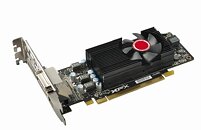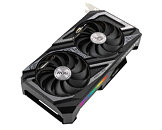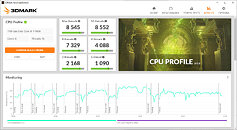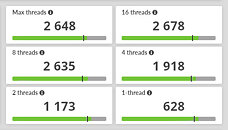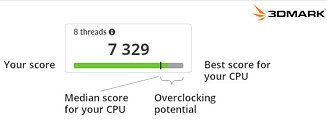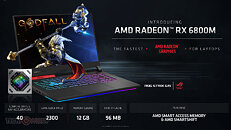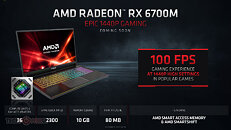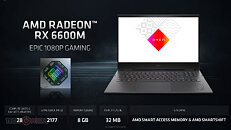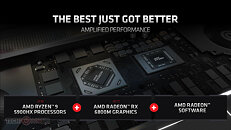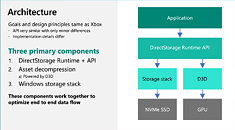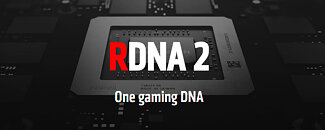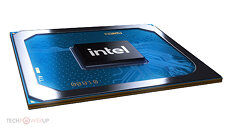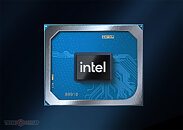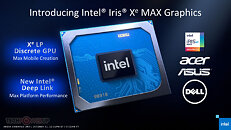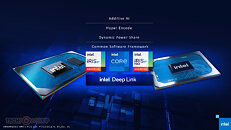AMD today released the Radeon RX 6000M series mobile graphics lineup, based on the RDNA2 graphics architecture. These GPUs offer full DirectX 12 Ultimate readiness, including real-time raytracing capability. The lineup is led by the Radeon RX 6800M, followed by the RX 6700M, and the RX 6600M. The RX 6800M and RX 6700M are based on the 7 nm "Navi 22" silicon, while the RX 6600M debuts the "Navi 23" silicon. The RX 6800M appears to be maxing out the "Navi 22" silicon, much like the desktop RX 6700 XT. It features 40 RDNA2 compute units, amounting to 2,560 stream processors; game clocks of up to 2.30 GHz, 12 GB of GDDR6 memory across a 192-bit wide memory interface, and 96 MB of Infinity Cache. The RX 6700M is slightly cut down, with 36 compute units (2,304 stream processors), the same 2.30 GHz game clocks, 10 GB of video memory possibly across a 160-bit wide memory bus, and 80 MB of Infinity Cache.
The new RX 6600M debuts the 7 nm "Navi 23" silicon, with 28 RDNA2 compute units, game clocks of 2177 MHz, 8 GB of GDDR6 memory across a 128-bit wide memory bus, and 32 MB of Infinity Cache. All three chips feature Smart Access Memory (resizable BAR), and support for AMD SmartShift, a feature that load-balances the discrete GPU with an AMD iGPU. AMD claims that the RX 6800M and RX 6700M are fit for 1440p gaming, with the RX 6800M beating the RTX 2070 Notebook by anywhere between 40-70%, and 120 FPS in a large selection of e-sports titles. The company also claims that the RX 6800M beats the GeForce RTX 3080 8 GB by 14-39%. The RX 6600M, meanwhile is shown matching the RTX 3060 6 GB, in AMD's tests. Notebooks powered by AMD Radeon RX 6000M discrete graphics are shipping now.
The graphics press-deck follows.





